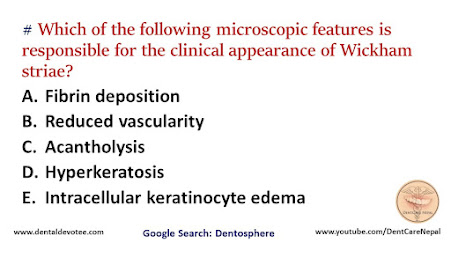# All of the following conditions affect oral and perioral tissues and are self-limiting EXCEPT:
A. Varicella
B. Herpangina
C. Erythema multiforme
D. Hand, foot and mouth disease
E. Lupus erythematosus
Lupus erythematosus (LE) may be seen in one of two well recognized forms: systemic (acute) lupus erythematosus (SLE) and discoid (chronic) lupus erythematosus (DLE), both of which may have oral manifestations. A third form, known as subacute lupus, has also been described. In the spectrum of LE, SLE is of particular importance because of the profound impact it has on many organs. DLE is the less aggressive form, predominantly affecting the skin and rarely progressing to the systemic form. It may, however, be of great cosmetic significance because of its predilection for the face. Subacute cutaneous LE, described as lying intermediate between SLE and DLE, results in skin lesions of mild to moderate severity. It is marked by mild systemic involvement and the appearance of some abnormal autoantibodies.
DLE is usually treated with topical corticosteroids. Highpotency corticosteroid ointments can be used intraorally. In refractory cases, antimalarials or sulfones may be used. Systemic steroids may be used in the treatment of SLE. The prednisone dose is generally dependent on the severity of the disease, and prednisone may be combined with immunosuppressive agents for their therapeutic and steroid-sparing effects. Antimalarials and nonsteroidal antiinflammatory drugs may help control this disease.
Reference: Oral Pathology Clinical Pathologic Correlations, Regezi, Sciubba, Jordan (2016)






